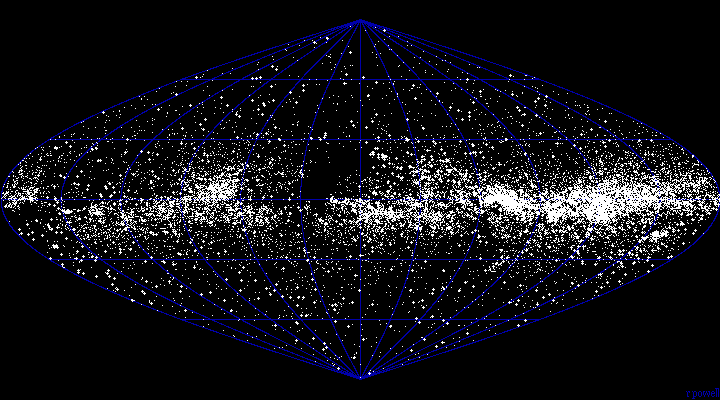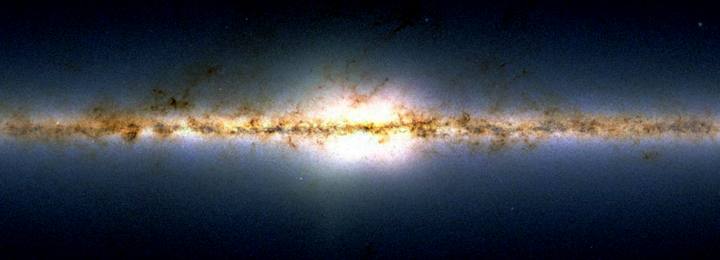| If you could slice the Earth in half, you would see four layers: the crust, the mantle, the inner core, and the outer core. Each layer is made of different materials, has a different density, and has a different thickness.
The Crust
The crust is the top layer. Compared to the other layers, it is very thin. The crust varies from 5 to 70 kilometers in thickness. The crust includes rocks, minerals, and soil. There are two kinds of crust: continental and oceanic. The crust is made of many types of rocks and hundreds of minerals. These rocks and minerals are made from just 8 elements: Oxygen (46.6%), Silicon (27.72%), Aluminum (8.13%), Iron (5.00%), Calcium (3.63%), Sodium (2.83%), Potassium (2.70%) and Magnesium (2.09%). The oceanic crust has more Silicon, Oxygen, and Magnesium. The continental crust has more Silicon and Aluminum.
The Mantle Directly below the crust is the mantle. The mantle makes up the largest volume of the Earth's interior. It is almost 2900 kilometers thick and comprises about 83 % of the Earth's volume. It has two parts, an upper layer and a lower layer.
The crust and upper mantle form the brittle upper layers of the Earth's interior called the Lithosphere.
The upper mantle is about 670 kilometers in depth. It is brittle and less dense. It is thought to be made of peridotite, a rock made from the minerals olivine and pyroxene. The rocks in the upper mantle are more rigid and brittle because of cooler temperatures and lower pressures. The Lower Mantle is much thicker and more dense. It is 670 to 2900 kilometers below the Earth's surface. This layer is hot and plastic. The higher pressure in this layer causes the formation of minerals that are different from those of the upper mantle. brittle - breaks easily
plastic - can change shape without breaking
The Outer and Inner Core
The region beneath the mantle is called the core, and is made of two parts, a liquid outer core that is about 2250 km thick and a solid inner core which is 1220 km thick. The core is mostly made of iron, with a little bit of nickel.
The outer core is at 1,800 - 3,200 miles (2,890-5,150 km) below the earth's surface. The temperature in the outer core is about 7200 - 9032 ºF (4000-5000ºC). The molten, liquid iron in the outer core is important because it helps create Earth's magnetic field. The inner core is 3,200 - 3,960 miles (5,150-6,370 km) below the earth's surface and mainly consists of iron, nickel and some lighter elements (probably sulphur, carbon, oxygen, silicon and potassium). The temperature in the inner core is about 9032 - 10832 ºF (5000-6000 ºC). Because of the high pressure, the inner core is solid.
The outer core and the inner core together cause the earth's magnetism. Because the earth rotates, the molten outer core spins. The inner core does not spin because it's solid. This is what causes the earth's magnetism. Earth's magnetic north and magnetic south are NOT at the poles. Earth's "magnetic north" is in northern Canada and "magnetic south" is north of Antarctica and south of Australia. Another strange fact about Earth's magnetic poles is that they reverse every few million years. (North becomes south and south becomes north. This is called a "geomagnetic reversal." Scientists still do not fully understand why geomagnetic reversals happen. |



![]()















































